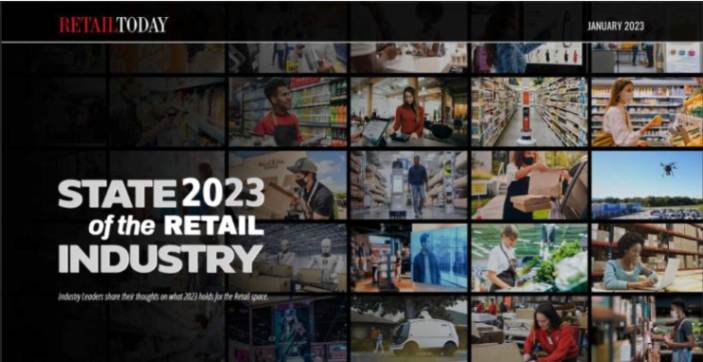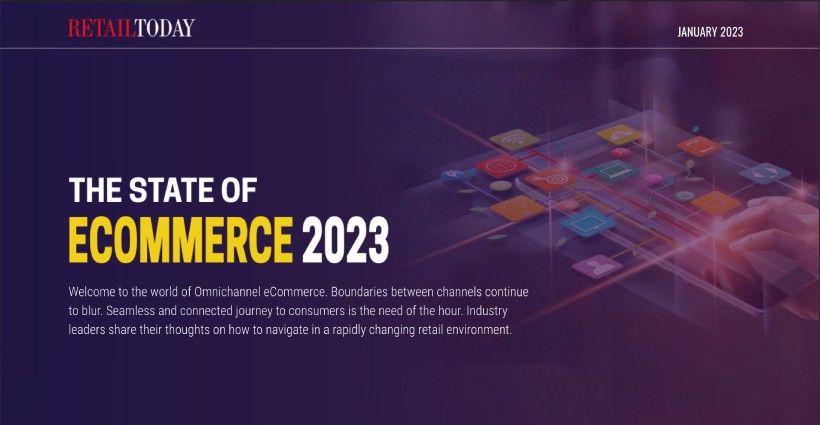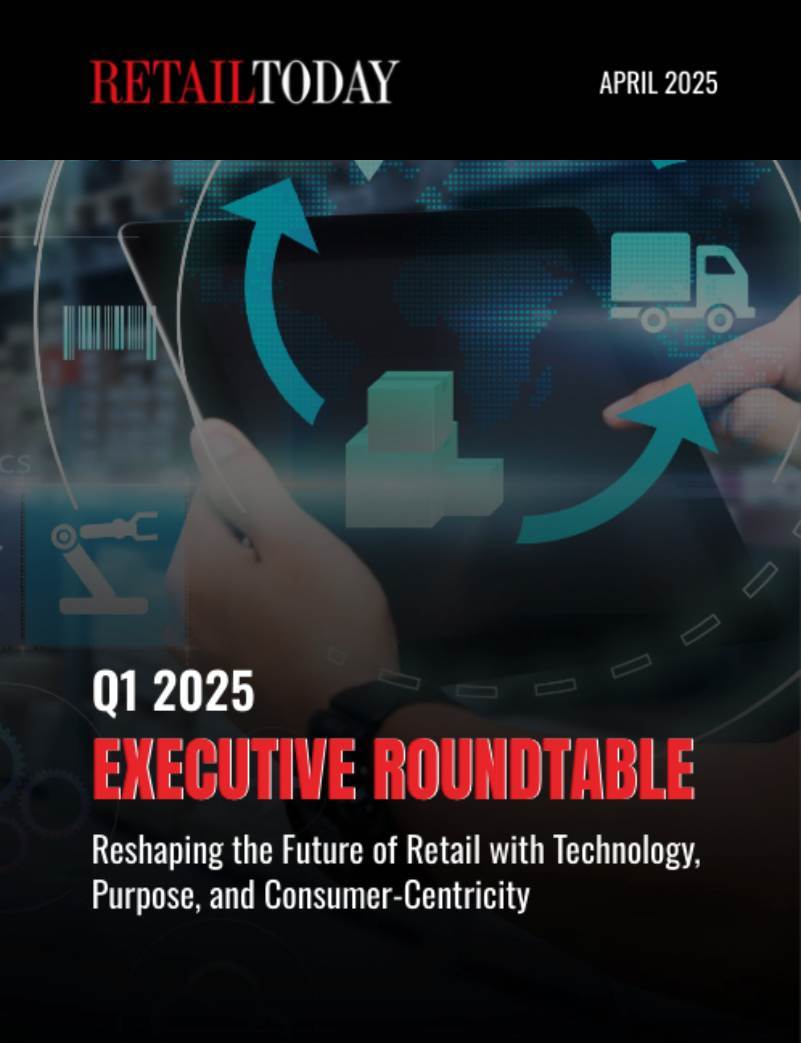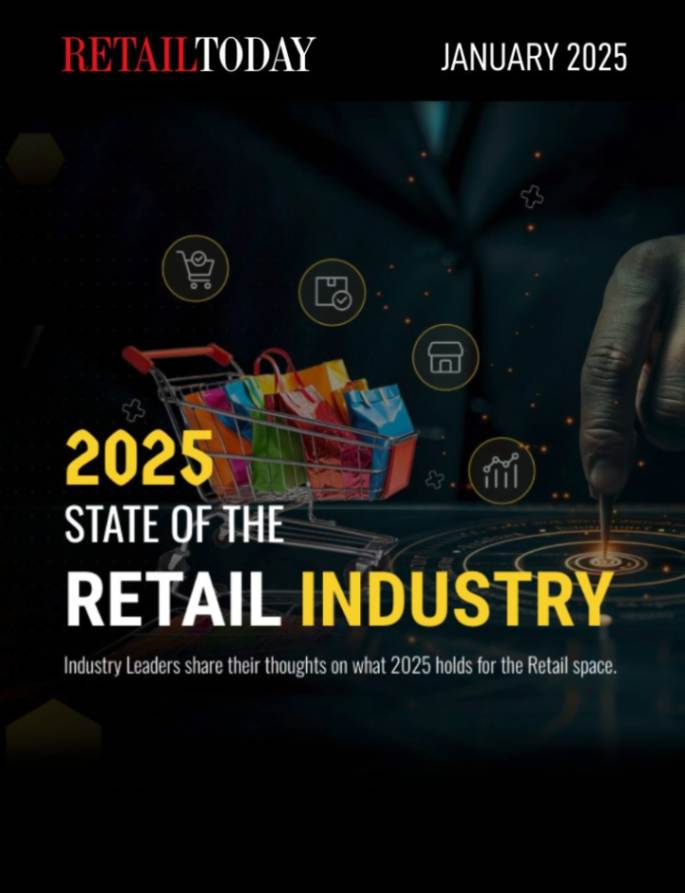
Consumer behavior is never static and constantly evolving. Consider the recent rise in demand for brick-and-mortar shopping experiences. Furthermore, the holidays are rapidly approaching, which will bring a surge of holiday shoppers to brick-and-mortar locations.
While e-commerce and digital channels remain the primary purchasing vehicle, retailers recognize the need to modernize the in-store experience and provide customers with the digital experiences they’re accustomed to in their everyday lives.
To do this, retailers are welcoming customers back into stores with technologies such as digital touchpoints, kiosks, digital fitting rooms, and more, and the ROI is significant. According to recent studies:
- 80% of brands increased their sales by 33% using digital signage.
- 89% of retailers said digital signage increased the percentage of customers who made a purchase.
- 79% of retailers say digital signage helps them cross-sell and upsell.
- 90% of retailers think digital signage makes brands and merchandise more recognizable.
It’s no wonder store leaders are doubling down on their investment. The digital in-store market is expected to grow eight percent annually between 2023 and 2030. However, as retail professionals continue to invest in creative signage solutions, they also need to know how to maximize their investment and stand out from the competition, especially during the busy holiday shopping season.
Here are six strategies that retailers can leverage to digitize the in-store experience ahead of the holiday season.
1. Leverage dynamic formats and technologies
Digital displays, signage, and interactive touchpoints offer an engaging and immersive experience at every step of the in-store shopping journey. This isn’t new: 94% of retailers say they use digital screens or have used them to impact customers’ in-store visits. Still, many have only scratched the surface to optimize their investment fully.
For instance, as the customer has evolved, so have modern digital immersive experiences. Gone are the days of using static imagery. Innovative retailers are experimenting with various formats and dynamic content that help draw customers in and stimulate extra purchases.
Retailers can use a combination of video and interactive formats, including digital displays, signage, boards, and media walls, for brand storytelling, in-store navigation, custom testimonials, gathering customer data, and more. They can also update promos in real time and personalize screen content to customer demographics, which can be particularly beneficial during busy shopping seasons to help convert sales.
2. Tailor digital displays
Retailers should customize their digital displays to their shifting needs. For instance, a retailer can promote an upcoming fashion show or author book signing. A restaurant can have food menu boards with special items of the day. Department stores can use digital signs as a store directory or wayfinder for customers.
Consider Domino’s Pizza. The fast-food outlet updated its digital menu boards with easy-to-use digital signage, giving it the flexibility to promote seasonal items and increased control over content, even across remote locations. Display screens encourage cross-selling and upselling by showing waiting customers entertaining content and promoting add-ons that customers can bundle with their meals.
3. Choose flexible, reliable technology
Changing to a dynamic, digital in-store experience requires flexible software that is ideally compatible with nearly any type of screen. This not only allows retailers to make investments that may serve multiple purposes, but also enables them to get started using digital signage with existing screens and devices.
This reliability also allows retailers to focus on what matters most: sales. With the holiday season rapidly approaching, retailers can rely on digital signage to communicate with customers in-store, while retail employees are focused on the sale of goods.
4. Follow the rule of 7
In marketing, the rule of seven suggests that it takes seven exposures for a message to resonate with a potential customer. Retailers should look to follow the rule of seven in brick-and-mortar environments in order to effectively connect with in-store customers. Multiple screens will also give retailers the flexibility to deliver multiple messages at once, all of which should ladder up to a larger digital signage strategy.
Similarly, signage that can scale alongside busier shopping times leading up to the holidays is a strategic way for retailers to stand out against the competition. This entails signage that can demonstrate time-sensitive messages, holiday promotions, and more.
5. Consider location
It may seem simple, but businesses often overlook the impact of placement when first adopting a combination of digital signage technology. Retailers should look to place displays and screens in high-traffic spots such as entrances and exits, points of sale, waiting areas, etc. Digital signage, while dynamic and more engaging than traditional displays, still benefits from thoughtful consideration of placement.
6. Review hardware and software security
Different types of organizations face different cybersecurity risks. When it comes to securing their digital in-store marketing infrastructure, retailers should select hardware with secure lockdown functionality that can be activated at any time and from any location. Meanwhile, the software should ensure enterprise-level security capabilities, such as two-factor authentication, “safe” IP address restrictions, and stringent access control policies.
The true power of digital in-store experiences
With the appropriate features and implementation strategies, in-store digital experience enhancements can be a highly effective addition to a brick-and-mortar retailer’s toolkit leading up to the holiday shopping season. Digital screens, displays, kiosks, and signage serve as effective communication tools that improve the customer experience and drive sales and customer satisfaction. By following the best practices outlined above, retailers can seamlessly integrate these new technologies and easily build better relationships with the people who matter most to them.






